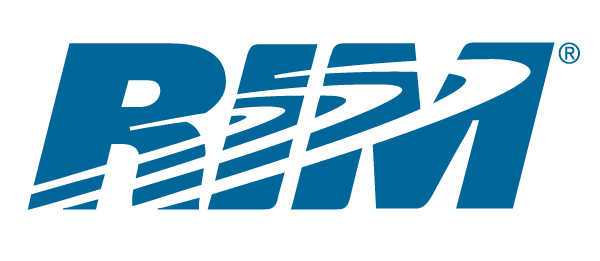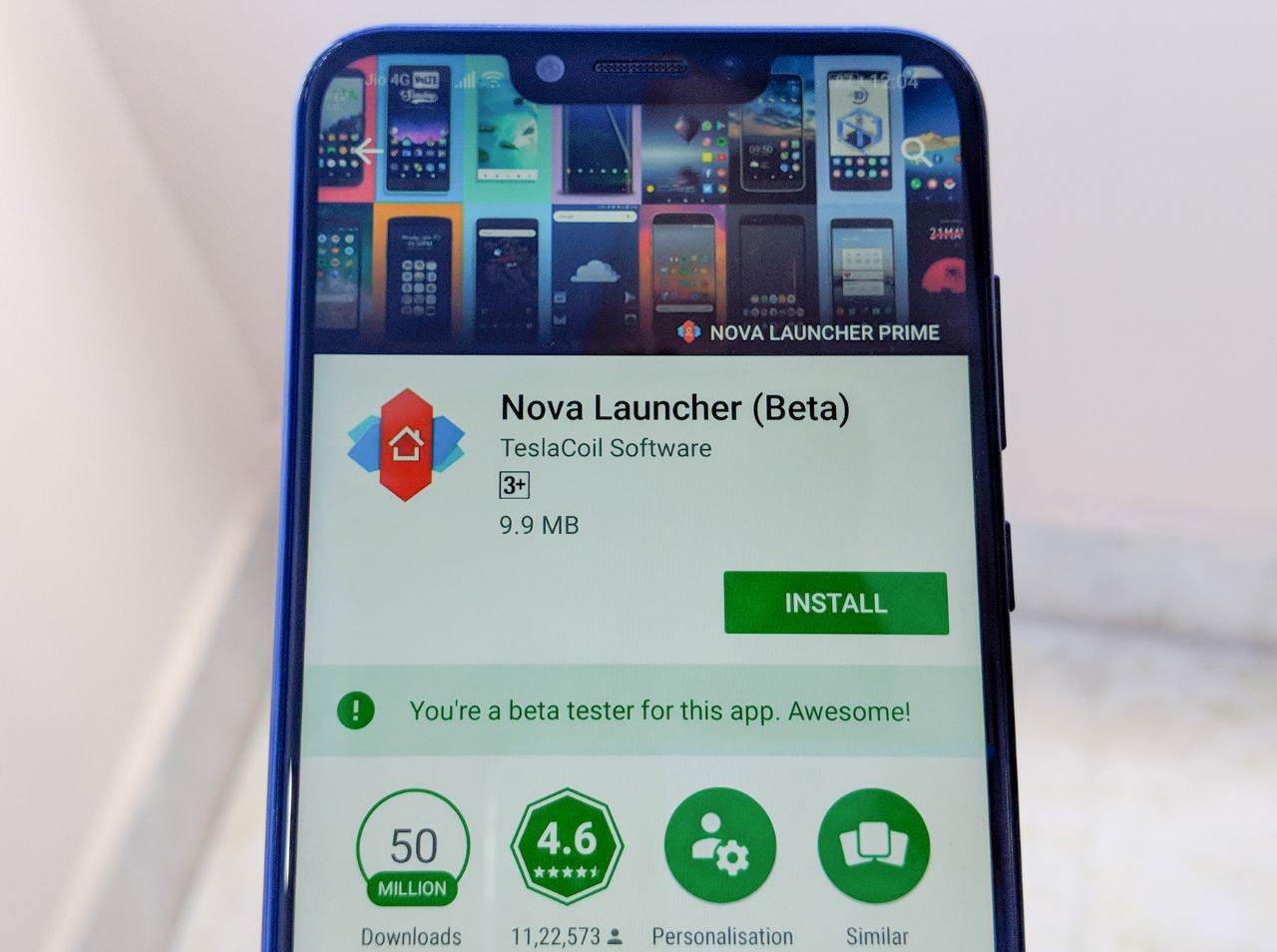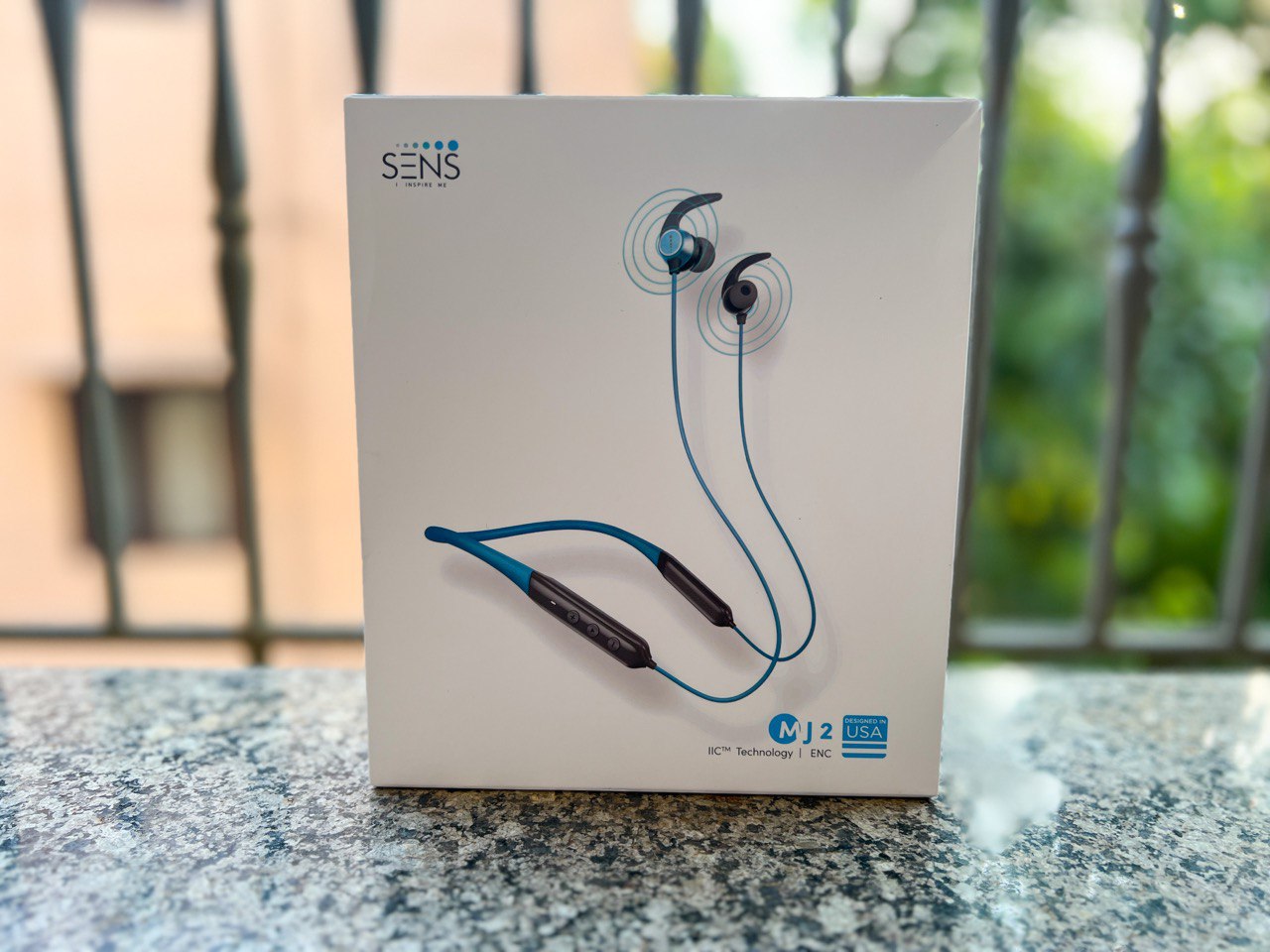Released in early 2011, the BlackBerry tablet was deemed a failure by critics and haters alike. It took 11 months to sell 1 million devices and that would probably never have happened if Research in Motion hadn’t cut the retail prices significantly.
The main problem with the Playbook was the lack of mobile connectivity, but the lack of email, calendar, and BlackBerry Messenger applications also proved to be a fatal dose for the tablet Add to that the lack of applications available at launch and it never really had a fighting chance.
But the Playbook could make a comeback, one that could change the game for the ailing RIM. Rumours of a successor being in the works have been spreading even before the Playbook started shipping. The thought of a successor brings comfort to the hearts of many undying, devoted BlackBerry fans.
This time the Playbook would stand a chance. RIM has already secured developers for the platform, they have added a lot of features users have craved for a long time, and they have their hearts, minds, and wallets set on making it succeed.
Take a while to imagine this; a sleek, black tablet with a 10-inch display. It has a 2560×1536 pixel resolution (double that of future BlackBerry 10 devices), 64GB of memory, 4G connectivity, a lifetime supply of battery juices, superb messaging capabilities, and looks to kill.
The possibilities are endless, but probable. RIM has a chance this time around, they have perfected the operating system, they have attracted devoted developers; the keys to success.
They don’t need to compete with or beat the iPad, it’s not about being competitive, it’s about being different. Corporate clients and consumers in emerging markets have always been their strengths, and that’s where they should focus it, but the pricing will need to be right.











